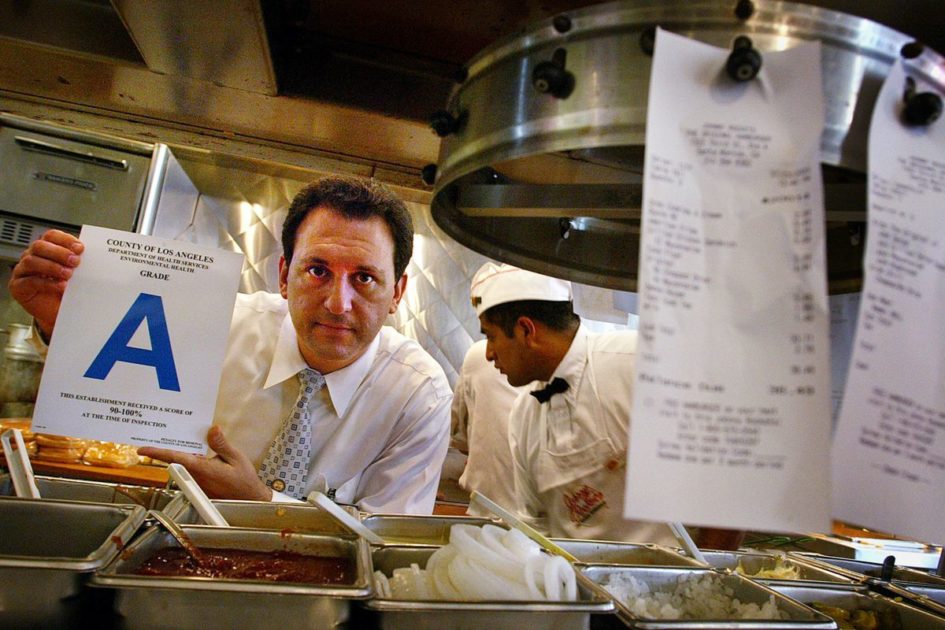
- Home
- Crunchtime Blog
- 3 Key Ways Pressed Juicery, Gong cha, and Global Partners Elevate Brand Standards in Every Store

3 Key Ways Pressed Juicery, Gong cha, and Global Partners Elevate Brand Standards in Every Store
For top restaurant and convenience store operators, brand standard audits aren’t just about ticking boxes for compliance and cleanliness—they’re a game-changer. Done right, they become a catalyst for smoother operations, more engaged employees, and stronger overall performance. And when powered by a digital platform, these audits provide instant visibility into store operations, turning insights into action faster than ever.
If your brand is looking to revamp brand standards, these 3 best practices from ops leaders at Pressed Juicery, Gong cha, and Global Partners can help.
1) Create one source of truth for your brand standard audits–and all your operations work.
The easier it is for your employees to find audits and checklists, the higher their completion rates will be, and the better data you can get from your stores. The teams at Pressed Juicery, Gong cha, and Global Partners all use Zenput by Crunchtime as their central operations hub.
“Zenput gives all these departments one tool to use that they all understand and can begin to kick through,” says Aaron Alexinski, manager of operational effectiveness at Global Partners, a convenience store group with over 380 locations.
Gong cha also liked that they’d be able to leverage the platform for other operational tasks that may not be traditionally considered brand standards, but impact the store experience.
“I knew that long-term I wanted to see this tool embedded into our operations, but not just operations, across all our departments,” says Rebecca Kahn, Franchise Business Leader Executive for US & Canada.
Pressed Juicery takes it a step further.
“We really have created a culture where our stores know if we're launching a product, if we're launching a marketing initiative, a new campaign, they know that there's going to be an associated Zenput task for them to complete,” says Taylor Francis, Retail Operations Manager at Pressed Juicery. “It's easier to keep them inside of Zenput than to teach them a whole new system.”
2) Use technology, like media and reporting, to identify problems fast.
When your stores get busy or short-handed, staff become more likely to cut corners on audits to save time. Adding task integrity checks–like photos and videos–and reviewing your audit data will help you ensure stores are doing work the right way, even if your leadership isn’t in store.
“It's about being proactive, not reactive,” says Alexinski. “If you don't have a photo, you're really just kind of trusting [work] was done.”
The Gong cha team thinks of pulling report data in a similar way. They regularly review how long it takes for stores to fill out temperature logs–a cornerstone of their brand standard audits. Because of Zenput, they know how long a temperature log should take and how long stores are actually taking each day.
“We know it takes about eight minutes. So if they're filling that temperature log out in a minute then they're pencil whipping,” says Kahn.
3) Think outside the brand standards box.
Your brand standards comprise every part of your store experience. Leading operators pull the measures that matter most to them into their audits.
For Gong cha, that means tying their brand standards audits closer to marketing.
“Instead of using the tool for just forms and checklists, you can use it to actually drive team member engagement and morale,” says Kahn. “LTO readiness, so marketing, ops execution, or ops marketing execution is always a challenge. How do we bridge that gap between operations and marketing?”
Global Partners uses Zenput for all their standards, from compliance to employee recognition. For example, when field leaders do audits, they can note if they had a great cashier. “It actually goes to a department now that sends out this high-five Friday. It's a whole thing,” says Alexinski. “Someone gets recognized basically every Friday for their exceptional guest service.”
For Pressed Juicery, they’ve been able to pull store merchandising standards into Zenput. Pressed recently launched a new style of store that was more of a grab-and-go experience than their other storefronts. Their team created merchandising checklists within Zenput to make sure the new formats operated the way they should.
“It's not like a normal retail location,” Francis said. “We're not hiring different people to come in and to create this elevated experience. We're trusting our team can do it. They're hard for a reason, we hold them accountable.”
Setting up successful brand standards means thinking about your whole brand
As Pressed Juicery, Global Brands, and Gong cha have shown, the most successful brand standard audits look at every piece of the store experience to make sure guests walk away happy.
To learn more about how an operations execution platform can help with brand standard audits, visit Zenput by Crunchtime.
Share this post
Related


Ops Excellence Awards Finalist Spotlight: Five Guys


